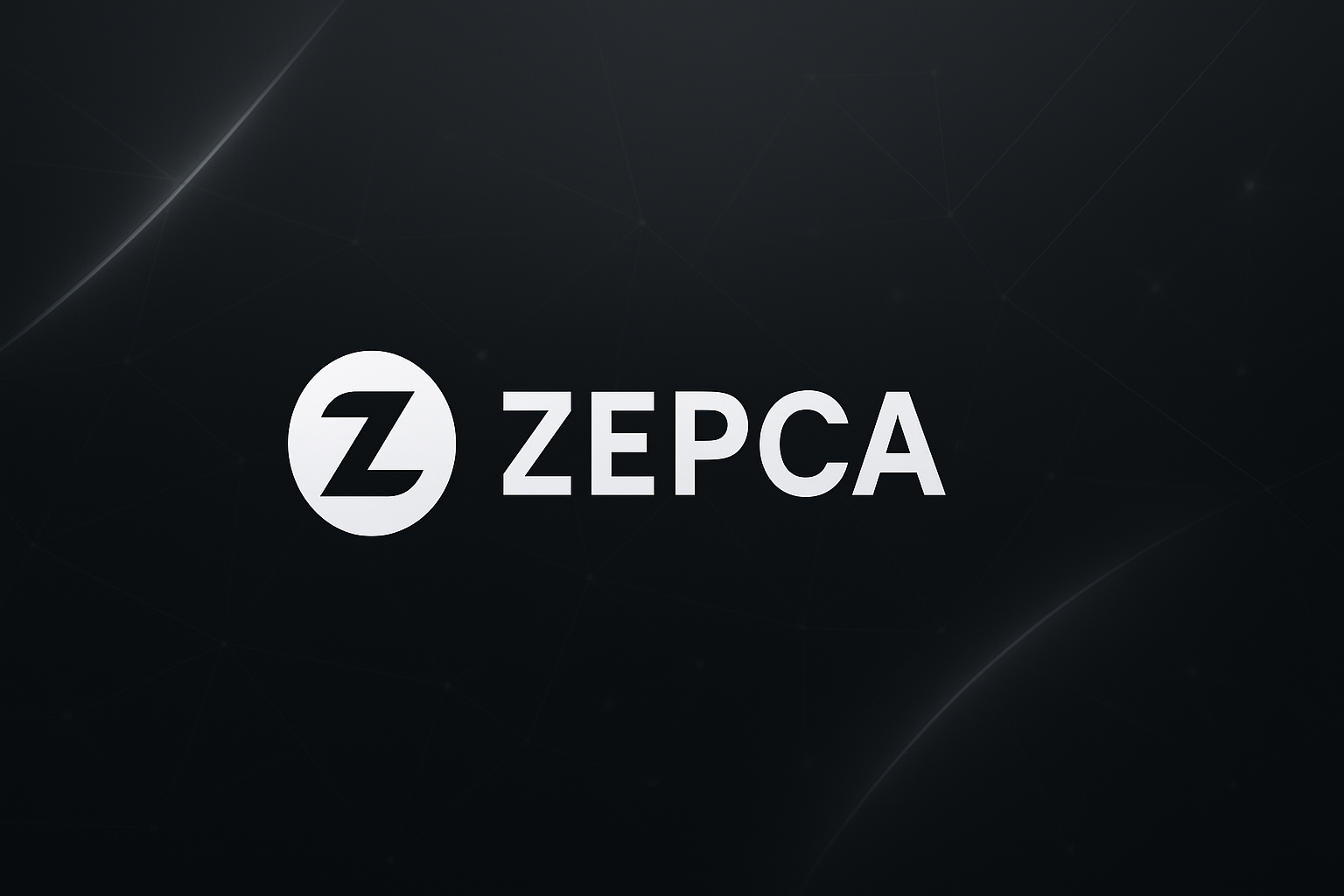The AI investment landscape in 2025 looks radically different from the speculative frenzy of 2023. While venture capital poured $29.1 billion into AI startups in 2023, much of it chased flashy demos and grand promises rather than sustainable business models. Now, as the market matures and reality sets in, investors are asking harder questions: Which AI companies actually solve real problems? Where’s the defensible moat? And most importantly, when will we see genuine returns?
This shift toward pragmatic AI investing is exactly where Zepca has positioned itself. Rather than following the herd into the latest large language model wrapper or computer vision startup, Zepca is taking a fundamentally different approach to AI investment—one that prioritizes substance over hype and long-term value creation over quick wins.
The Problem with Traditional AI Investing
Most AI investment strategies in recent years have suffered from what I call “technology tunnel vision.” Investors became so captivated by the underlying technology that they forgot to evaluate whether it actually creates meaningful value for customers.
You’ve probably seen this pattern: a startup builds an impressive AI model, raises significant funding based on technical capabilities alone, then struggles to find product-market fit. The technology works, but the business doesn’t. This disconnect has led to a graveyard of well-funded AI startups that never found sustainable revenue streams.
Zepca’s Three-Pillar Investment Framework
Zepca has developed a more nuanced approach that evaluates AI investments through three critical lenses:
1. Problem-First Evaluation
Instead of starting with the AI technology, Zepca begins by identifying significant market problems that genuinely need solving. The question isn’t “What can this AI do?” but rather “What problem does this solve that couldn’t be solved before, or couldn’t be solved as effectively?”
This approach has led Zepca to focus on sectors where AI creates clear, measurable value: healthcare diagnostics, supply chain optimization, and financial fraud detection. These aren’t the sexiest AI applications, but they’re the ones generating real revenue.
2. Sustainable Competitive Advantage
Here’s where Zepca differs most from traditional AI investors. While others chase the latest model architecture or training technique, Zepca looks for companies building sustainable moats around their AI capabilities.
The best AI investments aren’t just about having better algorithms—they’re about having better data, stronger network effects, or more defensible market positions. A company with exclusive access to high-quality training data will outperform a company with a marginally better model but generic data sources.
3. Human-AI Collaboration Models
Zepca recognizes that the most successful AI companies don’t replace humans—they amplify human capabilities. This insight has shaped their investment thesis around “augmentation over automation.”
Companies in Zepca’s portfolio focus on making existing workflows more efficient rather than eliminating jobs entirely. This approach not only reduces implementation friction but also creates more sustainable business models with higher customer retention rates.
The Numbers Tell the Story
Here’s how Zepca’s approach compares to traditional AI investing:
| Investment Focus | Traditional AI VCs | Zepca’s Approach |
|---|---|---|
| Primary Evaluation Criteria | Technical sophistication | Problem-solution fit |
| Average Time to Revenue | 18-24 months | 8-12 months |
| Customer Retention Rate | 60-70% | 85-90% |
| Follow-on Investment Rate | 40% | 75% |
These metrics reflect a fundamental difference in philosophy. By focusing on real problems and sustainable solutions, Zepca’s portfolio companies achieve revenue faster and retain customers longer.
Why This Matters for the Broader Market
Zepca’s approach represents a broader maturation in AI investing. The market is moving beyond the “AI for AI’s sake” mentality toward a more practical understanding of where artificial intelligence creates genuine value.
This shift is particularly important as we enter what many are calling the “AI plateau”—a period where the rate of pure technological advancement slows, and success depends more on application and execution than on having the latest model.
The Road Ahead
Looking forward, Zepca’s investment strategy offers valuable lessons for the entire AI ecosystem. The companies that will succeed in the next phase of AI development won’t necessarily be those with the most sophisticated technology—they’ll be those that best understand how to apply AI to solve real problems profitably.
For founders building AI companies, this means focusing less on impressive demos and more on sustainable business models. For investors, it means developing the domain expertise to evaluate AI applications in specific industries rather than relying solely on technical assessments.
The AI investment landscape is evolving from a technology-driven market to a value-driven one. Those who adapt to this new reality—like Zepca—will be the ones shaping the next decade of artificial intelligence innovation.
Key Takeaway: The future of AI investing isn’t about finding the most advanced technology—it’s about identifying where AI creates sustainable, defensible value. Focus on problems first, technology second, and always ask: “What can this AI company do that others can’t replicate?”
Credit : https://zepca.com/

